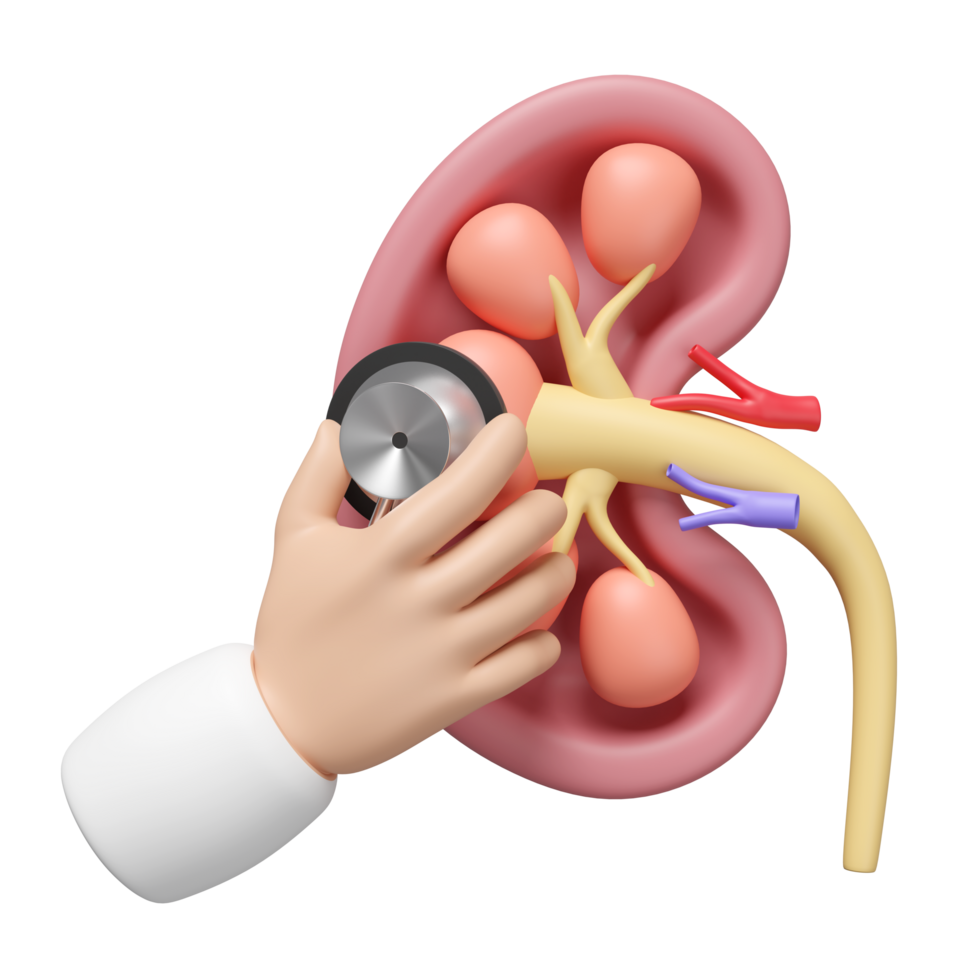What is Vesicoureteral Reflux?
Urine typically travels in a single direction, from the kidneys to the bladder via tubes known
as ureters. However, what occurs when pee returns to the ureters from the bladder? We refer
to this as vesicoureteral reflux (VUR).
Urine with VUR travels up the ureter and backward from the bladder to the kidney. Either
one or both ureters may experience it.
Reflux is graded using a system that ranges from 1 to 5. The fifth grade is the most serious.
The kidney can become infected with bacteria from the bladder when the “1-way valve”
malfunctions and allows urine to flow backward. Kidney damage could result from a kidney
infection brought on by this.
The kidneys and ureters may enlarge and wind when the reflux is more acute. If an infection
is present, more severe reflux is associated with a higher risk of kidney injury.
Kidney disease can also be present in certain newborns with reflux.
VUR frequently has no symptoms; it rarely hurts or makes urination difficult.
as ureters. However, what occurs when pee returns to the ureters from the bladder? We refer
to this as vesicoureteral reflux (VUR).
Urine with VUR travels up the ureter and backward from the bladder to the kidney. Either
one or both ureters may experience it.
Reflux is graded using a system that ranges from 1 to 5. The fifth grade is the most serious.
The kidney can become infected with bacteria from the bladder when the “1-way valve”
malfunctions and allows urine to flow backward. Kidney damage could result from a kidney
infection brought on by this.
The kidneys and ureters may enlarge and wind when the reflux is more acute. If an infection
is present, more severe reflux is associated with a higher risk of kidney injury.
Kidney disease can also be present in certain newborns with reflux.
VUR frequently has no symptoms; it rarely hurts or makes urination difficult.
What Causes VUR?
It’s unclear what proportion of kids have VUR.
VUR is thought to affect roughly one out of every 100 children in good health. It’s not
communicative. Reflux is typically caused by a variation in the development of the ureters
and bladder in youngsters. The “1-way valve,” which connects the ureter and bladder, is
shorter than usual and malfunctions. While some kids have reflux from birth, others may get
it as a result of improper urine passage.
It appears that reflux is inherited in many cases. Approximately one in three siblings of
children with reflux also suffer from this condition. Additionally, up to half of a mother’s
children may also have reflux if the mother has received treatment for it.
VUR is thought to affect roughly one out of every 100 children in good health. It’s not
communicative. Reflux is typically caused by a variation in the development of the ureters
and bladder in youngsters. The “1-way valve,” which connects the ureter and bladder, is
shorter than usual and malfunctions. While some kids have reflux from birth, others may get
it as a result of improper urine passage.
It appears that reflux is inherited in many cases. Approximately one in three siblings of
children with reflux also suffer from this condition. Additionally, up to half of a mother’s
children may also have reflux if the mother has received treatment for it.
VUR and Infections
VUR is most often found after a child has a urinary tract infection (UTI). A UTI is a bacterial infection
of the urinary tract. It may involve the kidney, the bladder or both. In fact, about one of every three
children under the age of two with a UTI is found to have VUR (this number goes down with age,
gender, race and diagnosis). Signs of a kidney infection are:
- fever
- pain in the belly or lower back feeling ill in general
- feeling sick to the stomach
- throwing up Signs of a bladder infection are: painful and frequent voiding
- an urgent need to pass urine
- wetting (lack of urinary control) The signs of UTIs in babies may not be as clear, but may involve:
- fever
- fussiness
- throwing up diarrhea
- poor weight gain
GET DIAGNOSED
Sometimes signs of VUR are found on ultrasound or sonogram before birth. Most often, it is found in
children after they have a UTI. But it may be seen at any age, even in babies or older children. Reflux
is found with a test called a voiding cystourethrogram (VCUG), which is an X-ray of the bladder. It takes
about 15 to 20 minutes, and involves:
children after they have a UTI. But it may be seen at any age, even in babies or older children. Reflux
is found with a test called a voiding cystourethrogram (VCUG), which is an X-ray of the bladder. It takes
about 15 to 20 minutes, and involves:
• Placing a catheter (a thin plastic tube) in the urethra
• Injecting fluid with an X-ray dye through the tube until the bladder is full
• Asking the child to pass urine
• Taking pictures of the bladder to see if the dye goes backward up to one or both kidneys
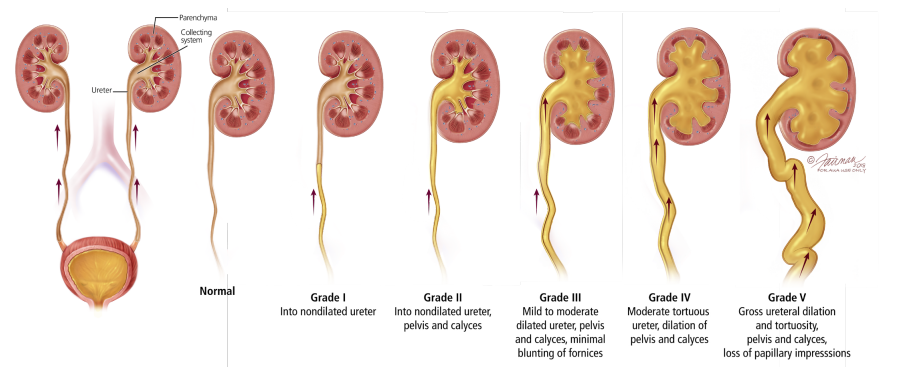
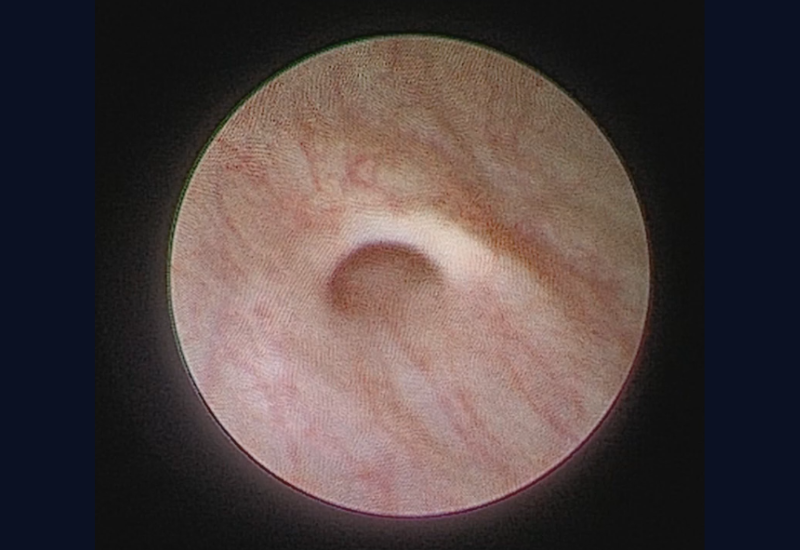
Golf Hole Like Ureteric Orifice
GET TREATED
Non-Surgical Treatment
Often reflux will go away with time. The lower the grade of reflux the more likely it is to go away. The
average age for this to happen is five to six years. The goal of medical or non-surgical treatment is to
prevent UTI and kidney damage while the child grows. Reflux improves in many children because the
junction between the bladder and the ureter gets longer with age. In children who have “dysfunctional
elimination syndrome” or “bowel-bladder dysfunction” the treatment below is very important. This
treatment involves:
Often reflux will go away with time. The lower the grade of reflux the more likely it is to go away. The
average age for this to happen is five to six years. The goal of medical or non-surgical treatment is to
prevent UTI and kidney damage while the child grows. Reflux improves in many children because the
junction between the bladder and the ureter gets longer with age. In children who have “dysfunctional
elimination syndrome” or “bowel-bladder dysfunction” the treatment below is very important. This
treatment involves:
• Encouraging the child to use the restroom regularly
• Ensuring the child has
regular stools
regular stools
• Using low doses of antibiotics to avoid UTIs
• Trying other drugs if the child is having trouble with bladder control The child is seen in the office from time to time for a physical exam and urine is checked to look for infection and protein that may be a sign of kidney damage. Ultrasounds of the bladder and/or kidneys and VCUG are done to check the status of the reflux and growth of the
kidneys.
Surgical Treatment
Surgery is intended to treat reflux and reduce the chance of recurrent episodes. The most
common method for doing surgery is general anesthesia. The one-way valve attachment of
the ureter to the bladder is fixed by the surgeon through an incision made in the lower
abdomen during open surgery. Laparoscopic or robotic surgery may also be used for this.
This stops reflux from happening. Numerous methods are effective, and no synthetic material
is used.
In order to see within the bladder during endoscopic injection surgery, the surgeon places a
device known as a cystoscope into the urethral opening. After that, a drug is administered
into the region where the ureter joins the bladder. General anesthesia must be used for this. It
usually doesn’t involve cutting and can be done as an outpatient procedure. Depending on the
specific instance, the success percentage in comparison to standard surgery varies.
The urologist will go over the various alternatives, their risks, and advantages with the family
if surgery is required.
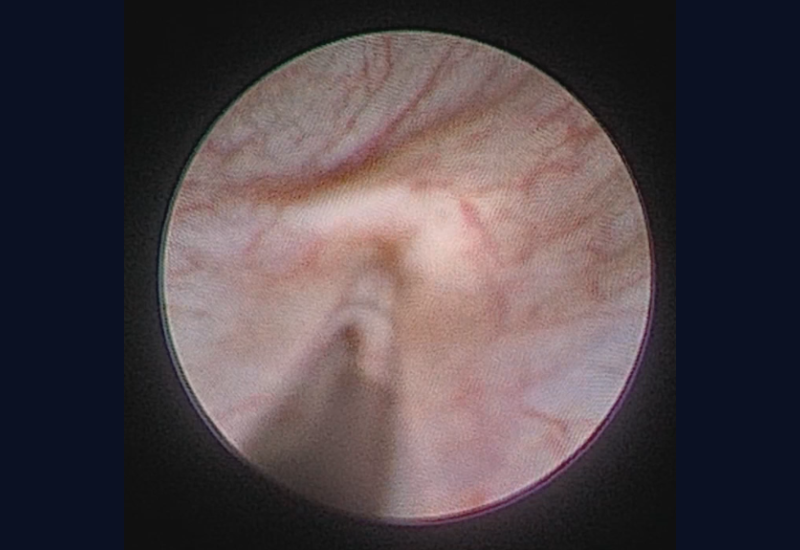
kidneys.
Surgical Treatment
Surgery is intended to treat reflux and reduce the chance of recurrent episodes. The most
common method for doing surgery is general anesthesia. The one-way valve attachment of
the ureter to the bladder is fixed by the surgeon through an incision made in the lower
abdomen during open surgery. Laparoscopic or robotic surgery may also be used for this.
This stops reflux from happening. Numerous methods are effective, and no synthetic material
is used.
In order to see within the bladder during endoscopic injection surgery, the surgeon places a
device known as a cystoscope into the urethral opening. After that, a drug is administered
into the region where the ureter joins the bladder. General anesthesia must be used for this. It
usually doesn’t involve cutting and can be done as an outpatient procedure. Depending on the
specific instance, the success percentage in comparison to standard surgery varies.
The urologist will go over the various alternatives, their risks, and advantages with the family
if surgery is required.

Endoscopic STING Procedure
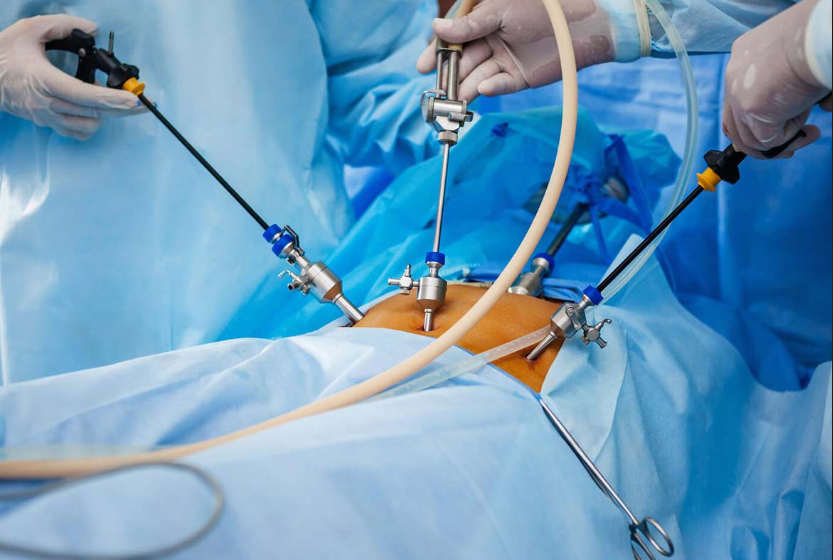
Laparoscopic Detrusorrhaphy
Why Choose Us?
Experience and Expertise
Advanced Technology
Personalized Evidence based Treatment
Honesty and Integrity
Affordable Treatments

